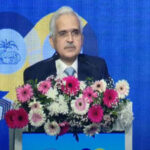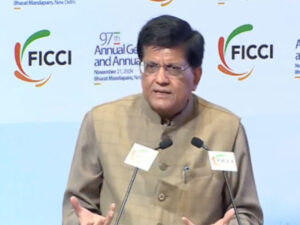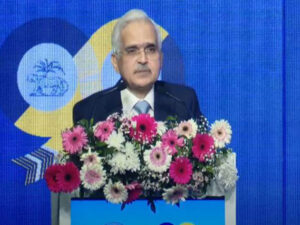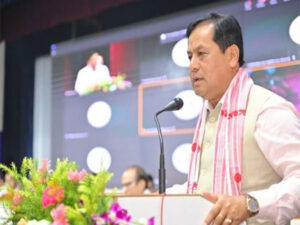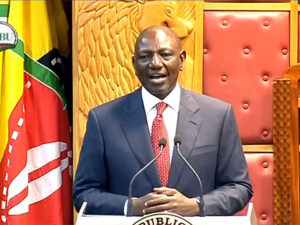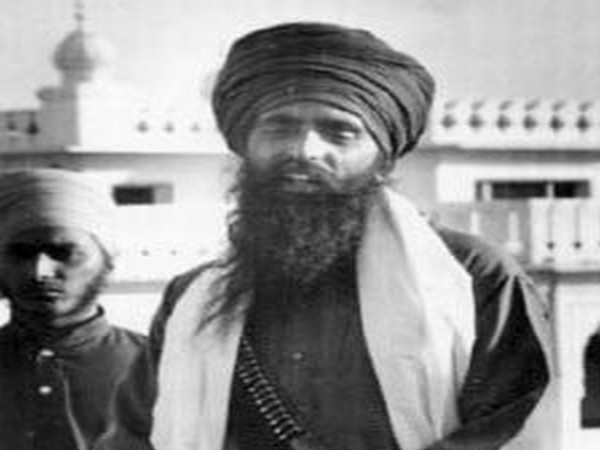
Jarnail Singh Bhindranwale (File pic)
Amritsar [Punjab], June 5 (ANI): Human memory is short but falsehood factories continue to proliferate across the world today- 36 years after Indian Army launched Operation Bluestar to flush out Khalistan i separatists holed up inside the Golden Temple in Amritsar.
The survivors of the defeated Khalistan i terrorism skulked about in their foreign safe havens for a few years, and then began to reinvent the narrative of their bestiality, promoting the images of criminals, gangsters and mass murderers, projecting them as heroes and martyrs of the Faith.
The most important amongst these re-imagined icons is Jarnail Singh Bhindranwale, the political opportunist, who eventually had to be killed after he took up arms against India’s sovereignty.
Bhindranwale was, in reality, a cold-blooded murderer who twisted the Sikh faith and committed the vilest acts of sacrilege in the holiest of shrines to Sikhism, the Golden Temple. This, more than the relentless campaigns of hate and murder that he led, was his greatest offence.
His most egregious crimes defiled the Golden Temple, which, for centuries, had remained an inviolable sanctuary, a place of tranquillity, of harmony, of mercy and of service to humanity.
No Sikh in history had ever sullied the Golden Temple complex by spilling blood in its sacred precincts, before Jarnail Singh Bhindranwale turned the Akal Takht and the Gurdwara into a place of torture, of murder, and of daily sacrilege.
The temple had been desecrated in the past, indeed, repeatedly, by the enemies of Sikhism, who sought to destroy it or, as did Ahmad Shah Abdali. In 1762, Abdali actually razed it to the ground and filled up the sacred Sarovar with blood and entrails of animals. Scores of Sikhs laid down their lives, first to defend it and later, to restore it to greater glory.
Despite the long history of Sikh warfare, however, no Sikh ever sought to occupy the Temple, to establish temporal legitimacy, or to exploit its sanctuary for the projection of armed power.
Only once before had a group of Nihangs occupied the burjis (towers) of the temple complex in 1846, after some dispute over the administration of the Temple. When Maharaja Dalip Singh sent an armed contingent to expel them, they immediately abandoned the sanctuary, declaring that they would not spill blood on the holy ground. But no principles, no rules, no scruples and no morality bound Bhindranwale.
For him, any Sikh who criticised him became an immediate target of his lethal violence. He simply branded such dissidents patit (deviant or ‘fallen’) Sikhs and sent out his hit squads to silence them.
When Bhindranwale was forced out of the Guru Nanak Niwas of the Golden Temple Complex by rival Babbar Khalsa terrorists in December 1983, he fled to the Akal Takht, and established his ‘darbar’ and housed his armed gangs on its upper floors. No religious leader, not even the Gurus, had ever been allowed to live in the Akal Takht.
To make matters worse, the Guru Granth Sahib was placed in the main hall on the ground floor and every evening the most sacred copy of Granth, the Bir from the main temple, Harmandir Sahib, was placed in a room there.
For any man to stand above the Guru Granth Sahib was an act of absolute sacrilege. To turn the upper floors into living quarters, to engage in profane activities, was an act of utter contempt for the hallowed symbols of the faith. Despite the terror that Bhindranwale had established by this time, a few brave souls dared to speak out.
Among them was Giani Partap Singh, a former Jathedar of the Akal Takht and at that time over 80-years of age, a highly respected spiritual guide for the Sikhs. He openly criticised Bhindranwale for occupying the Akal Takht and stocking weapons inside the Sikh holy shrine.
But, he was shot and killed in cold blood at his home at Tahli Chowk. Others who met the same fate for trying to protect the sanctity of the Akal Takht, included Niranjan Singh, the Granthi of Gurudwara Toot Sahib; Granthi Surat Singh of Majauli; and Granthi Jarnail Singh of Valtoha. Very quickly, all other voices fell silent.
But Bhindranwale didn’t just occupy the Akal Takht; he turned it into a charnel house of torture and butchery. In one highly publicised case, when one of Bhindranwale’s favoured hitmen, Surinder Singh Sodhi was killed in a fracas with some of the other criminals in his entourage, brutal retaliation followed.
One of the conspirators, Malik Singh Bhatia, was summoned to the Akal Takht, and after a charade of ‘forgiveness’, was first hacked with swords and, grievously wounded, when he tried to flee, shot down on the Parikrama.
Baljit Kaur, a woman conspirator, was tortured, her breasts hacked off, and then killed within the Akal Takht itself. Her body with the mutilated corpse of third accomplice, Surinder Singh Chinda, was recovered in gunny bags from the Grand Trunk Road the next day.
A tea vendor outside the temple was shot dead. Bhindranwale had notices posted on the walls of the Temple boasting, “Within twenty-four hours, we have eliminated the killers and two of their accomplices.”
This was just a beginning. Tortured, mutilated, and hacked to pieces, bodies stuffed into gunny bags appeared in the gutters and sewers around the temple with a sickening frequency. It is not possible, here, to list the unending chain of crimes committed by Bhindranwale and his armed cohorts. Suffice it to say; between 1981 and 1983, more than 100 civilians had been killed, overwhelmingly by Bhindranwale’s gangs.
Between January 1984 and June 3, 1984, another 298 persons were murdered across Punjab by the terrorists. Prominent among Bhindranwale’s targets was the head of the Nirankari sect, Baba Gurbachan Singh; the head of the Hind Samachar media group, Lala Jagat Narain; President of the Delhi Sikh Gurudwara Prabandhak Committee, HS Manchanda; Congress Member of Parliament, Prof VN Tiwari; Harbans Lal Khanna, Member of the Legislative Assembly from the Bharatiya Janata Party; and Deputy Inspector General of Police, AS Atwal, who came unarmed and unprotected to pay obeisance at Harmandir Sahib, and was shot dead within the temple complex.
This brief listing gives no real sense of the enormity of Bhindranwale’s offences, nor was murder his only crime. But his other misdeeds – extortion, protection rackets, intimidation – were pale in comparison to his bloodlust.
This great deceiver also pretended to be a ‘spiritual inheritor’ of the Tenth Guru, Gobind Singh, carrying a steel arrow in his hand at all times, as did the Guru, and spreading falsehoods that a protective baaz (falcon), the bird associated with the Tenth Guru, was often seen hovering over him.
Through his many atrocities, transgressions, and acts of sacrilege, Bhindranwale violated the principles laid down by the Sikh Gurus and dishonoured the Sikh Faith.
He placed himself above the Gurus, above the Guru Granth Sahib (both figuratively and literally), and above the Sangat. In describing such a man as martyr and saint, the Khalistan is continue to bring ignominy to Sikhism. (ANI)




